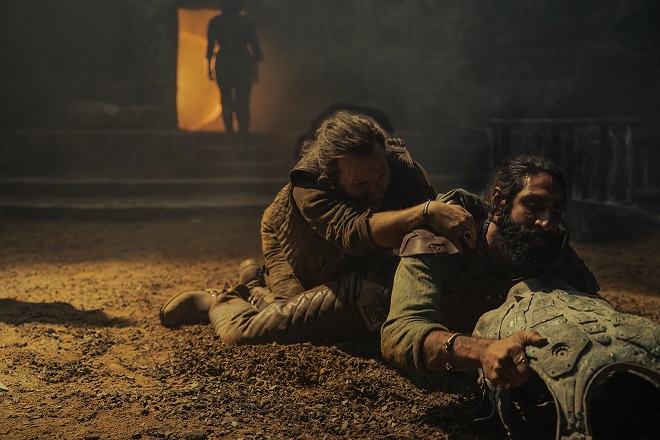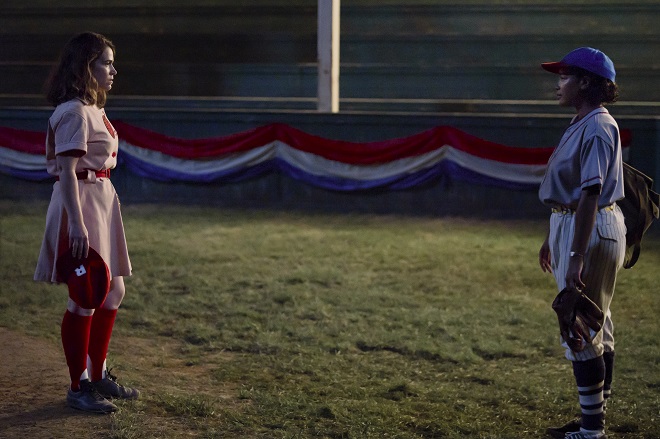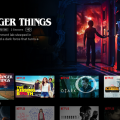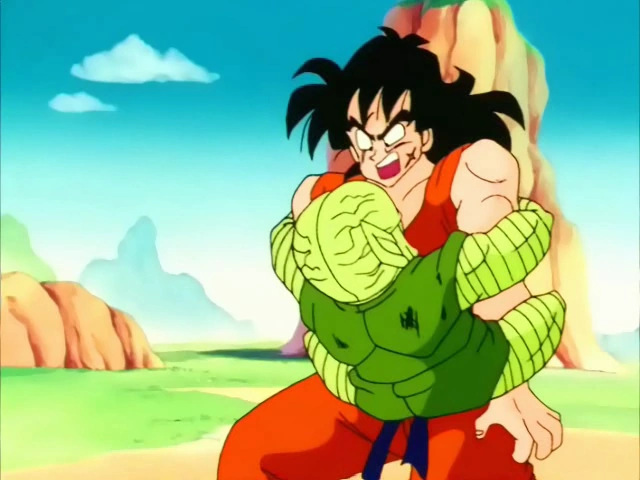Cognition Dissemination: TV Show Cancel Culture Reaches an Inevitable Point

Networks have always cancelled TV shows that weren’t working out as far as ratings or critical reception, or both, weren’t working out, some more than others. The trend has unsurprisingly carried over into the streaming world, particularly as prestige dramas and even some comedies have increased production values. Even considering that, streaming services cancelled an astounding number of shows over the last year. (Most lists unfortunately include or even conflate “cancelled” and merely “ending” shows, despite there being a clear and obvious difference between the two.) Companies behind the services realized that not all new viewers welcomed during the COVID-19 pandemic’s peak would be sticking around; the services were not sustainable for the show budgets and prices being charged.
It’s no surprise that this trend has altered viewer habits. A survey undertaken by YouGov (with a representative sample size) and reported on by Variety showed several key stats:
“A quarter of U.S. adults wait for streaming originals’ finale before starting, citing fears over the show’s potential cancellation with an unresolved ending (27%) or because they do not want to wait for the next season after a cliffhanger (24%). Nearly half (48%) of the participants who said they prefer to wait until the series ends before starting it cited a preference for binge-watching shows.”
That’s a lot of viewers who like binge-watching shows, the Netflix and occasional Amazon Prime Video way. There’s a bit more here:
“Moreover, the survey showed that nearly half of Americans (46%) sometimes or always wait for the series finale before they even begin watching the show. The 18-to-34-year-old age group was the most likely to agree with that statement, with 25% saying always and 34% saying sometimes.”
It’s no surprise that viewers feel this way. Many of them don’t want to be burned by investing their free time into a show, only for it to end before the production team wanted to because it didn’t meet the streaming service’s desired metrics.

One recent example is 1889 on Netflix, planned for at least three seasons. It was considered a successful bet after the showrunners’ previous Netflix hit, Dark, and after it charted high on viewer charts after its debut, but was not to be. Warrior Nun is another one from the same service, which has left fans rabid in the time since its unfortunate fate was announced thanks to ending on a cliffhanger. It as also announced last week that Willow on Disney Plus won’t get a second season despite the first season’s final scene teasing two more, at least for now. Creator Jon Kasdan believes it could return, but the cast members being released from their contracts for now implies that it’s at least on hold. Fortunately, season’s direct story had closure. We would be here all day if I even started going through Warner Bros. cancellations since David Zaslav and his crew took over the company.
This is a time of intense uncertainty, as streaming companies seek to find ways to make the services profitable. But it’s also a time for producers of these shows to change their approaches, to realize that it’s become too risky to plan multiple seasons in advance for streaming originals. A better idea would be to make more miniseries, or plan shows with conclusions that allow for potential expansion. The trend of mass cancellations continuing will only lead to more viewers binging series when they have definitive conclusions, a trend streaming companies won’t like. They don’t want to pay the producers and actors too much in residuals after a certain time, after all. A portion of this trend might have already started with the higher number of miniseries coming to HBO, perhaps a result of Zaslav and his crew.
If you read the above ideas and said “Hey, doesn’t this sound like the approach anime already takes?” Between this, Crunchyroll’s subscription numbers, and the critical and commercial reception to the anime-inspired Creed III, we truly live in an age where anime won.

If certain creators continue to risk embarking on potential multi-season ventures, streaming services should offer to let them finish their works through either smaller seasons or movies. This occurred with Firefly about — if you can believe it — two decades ago, wherein 20th Century Fox allowed for the team to finish with Serenity. A similar fate was just confirmed for Amazon’s A League of Their Own, green lit for a second four-episode conclusive season following the eight-episode first season. At least it’s getting an ending.
The current era is so uncertain that even shows renewed for future seasons can still be unceremoniously cancelled thanks to prior decisions being reversed. The only shows that can be depended on to reliably conclude are those in established franchises, like Star Wars, Star Trek, Marvel Cinematic Universe, The Lord of the Rings, Game of Thrones spinoffs, and others. Mass cancellations from companies will result in less risk-taking going forward, leading to streamers doubling down on future installments and spinoffs sure to be hits. More creative and original ventures will be uncertain, unless companies go through with the plans proposed above.
The current path is not sustainable; something will have to give. Streaming services will continue to raise prices for as long as they’re offering a bevy of content for lower prices compared to cable; but there will be less incentive to pay for them if providers simultaneously lower the risks they’re taking. There’s no definitive solution to this conundrum, but perhaps something can ideally be done without bleeding viewers’ bank accounts dry.




